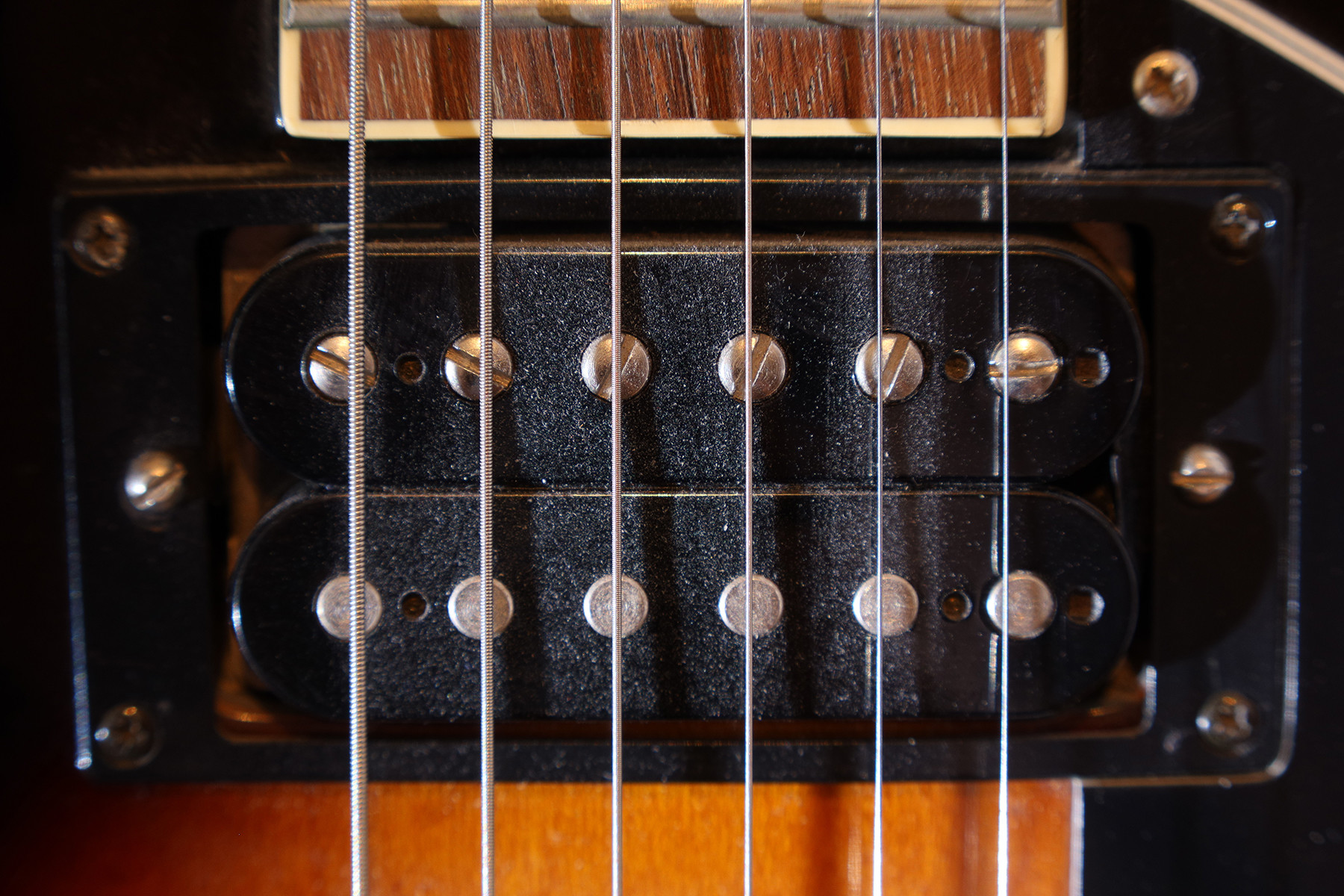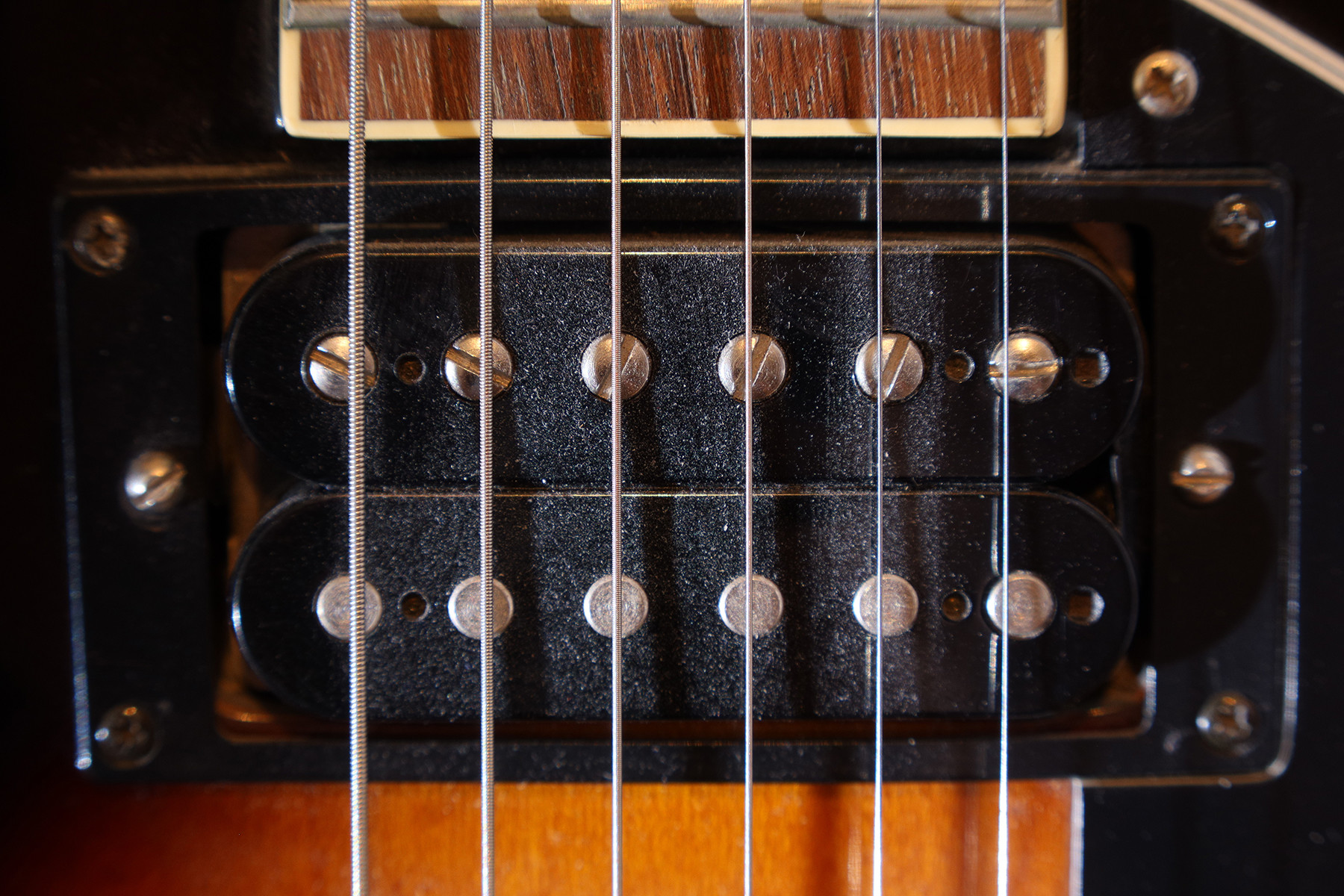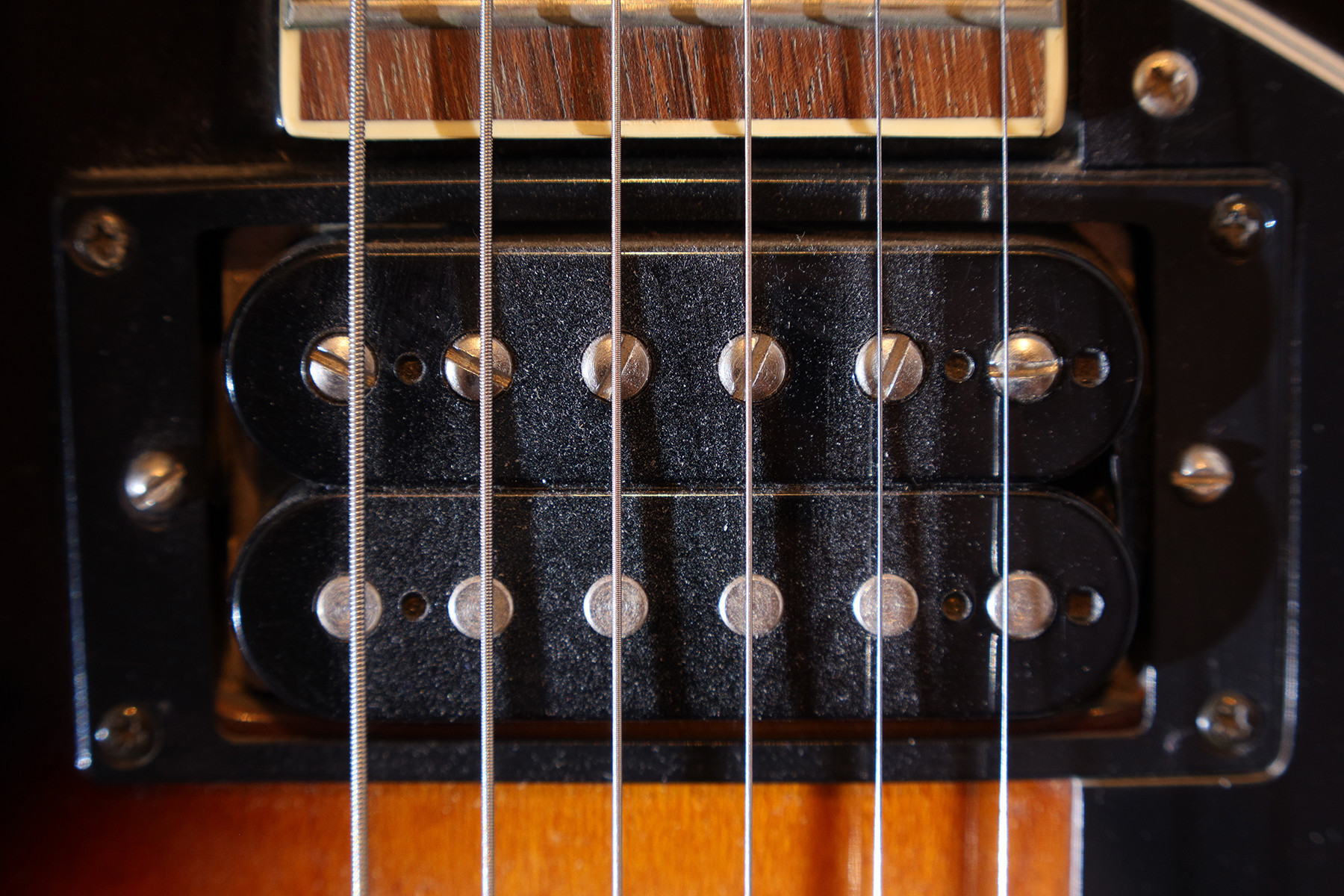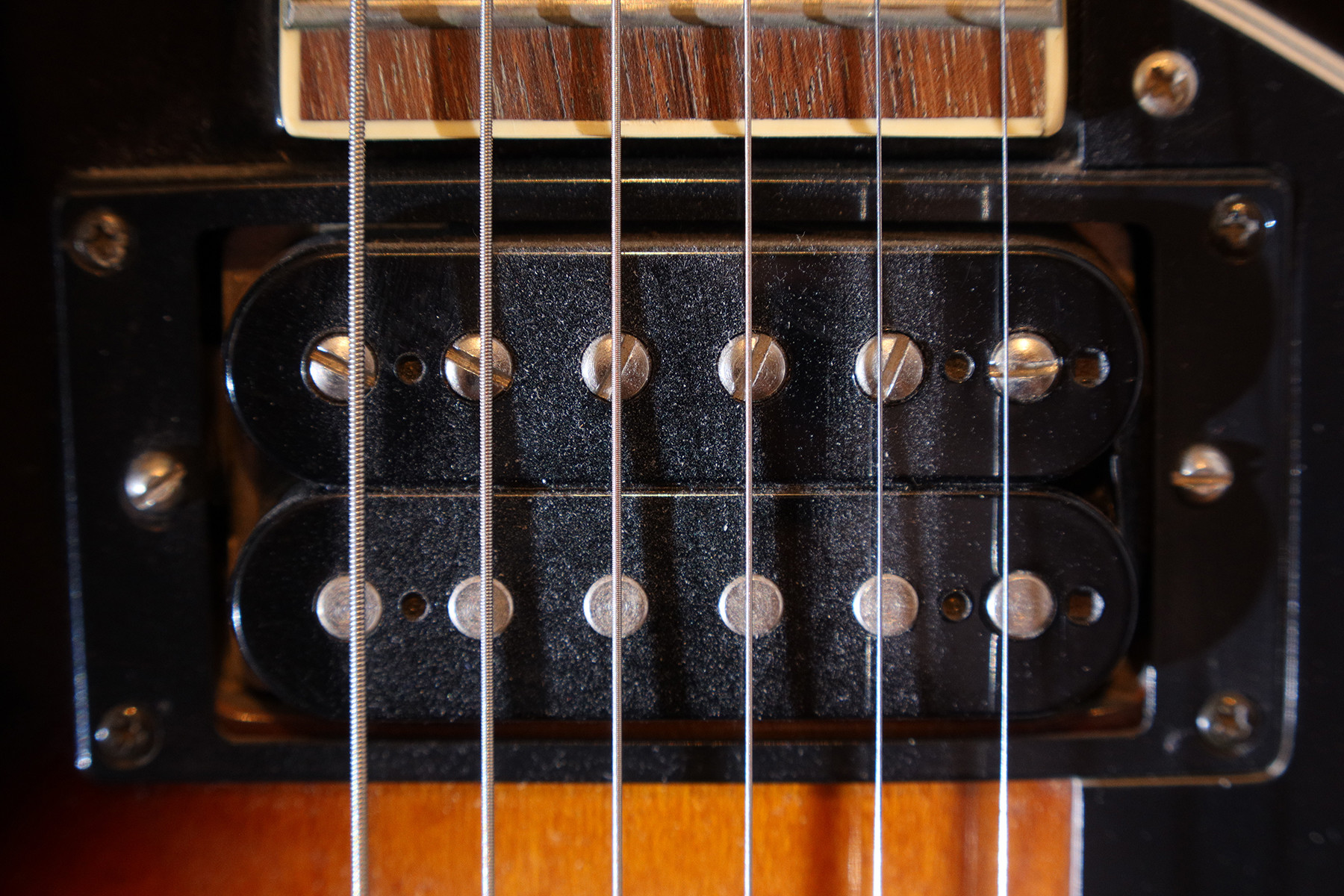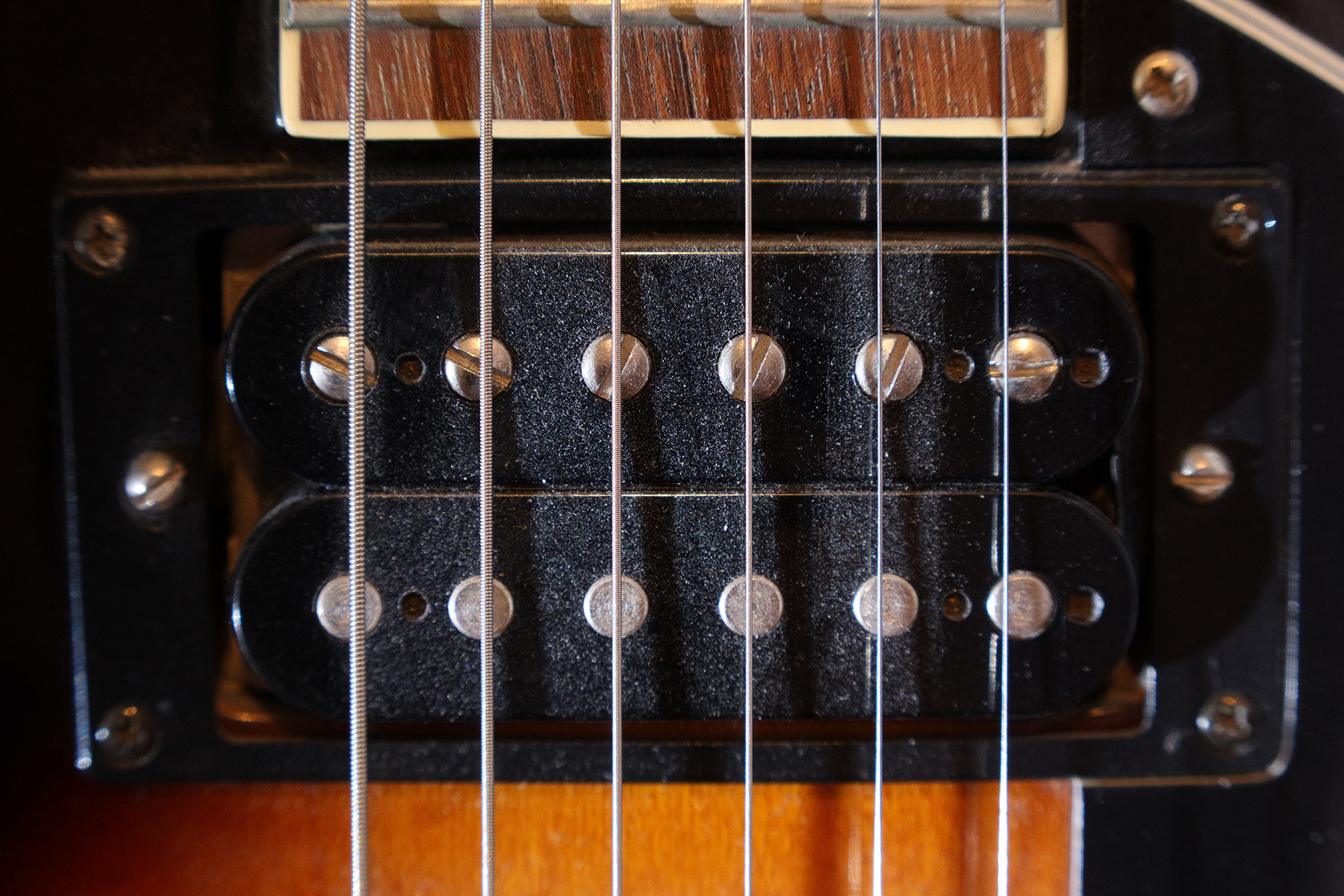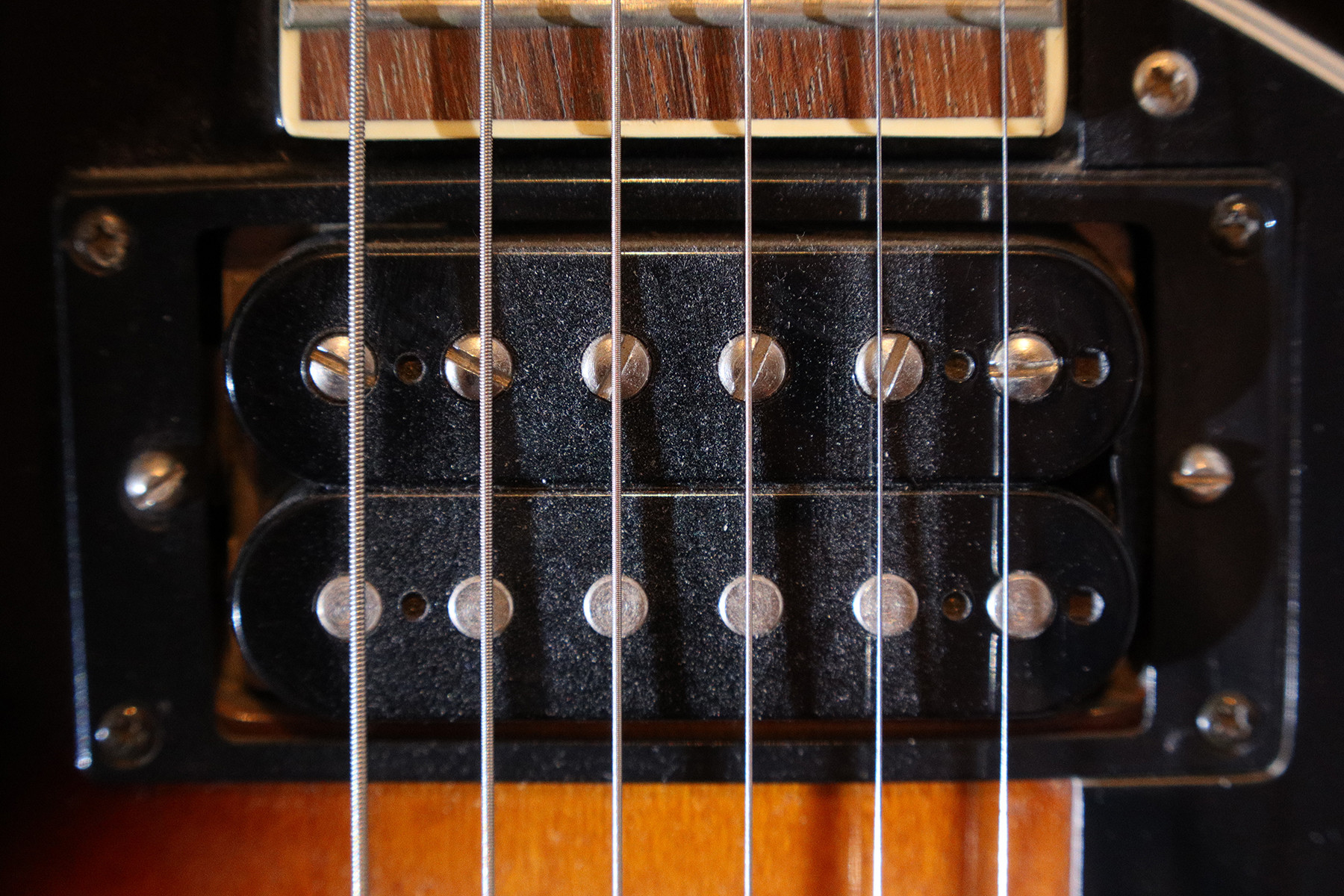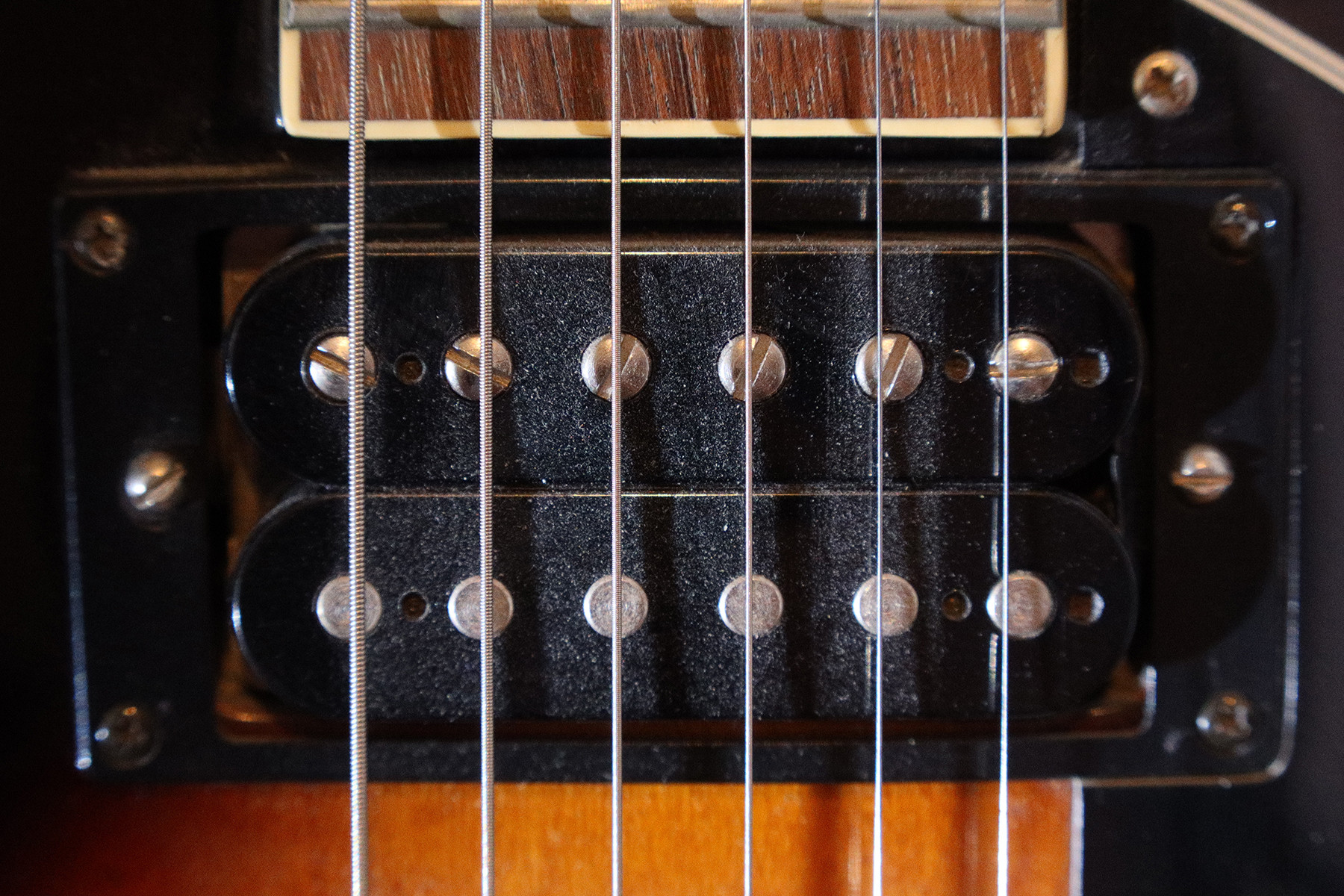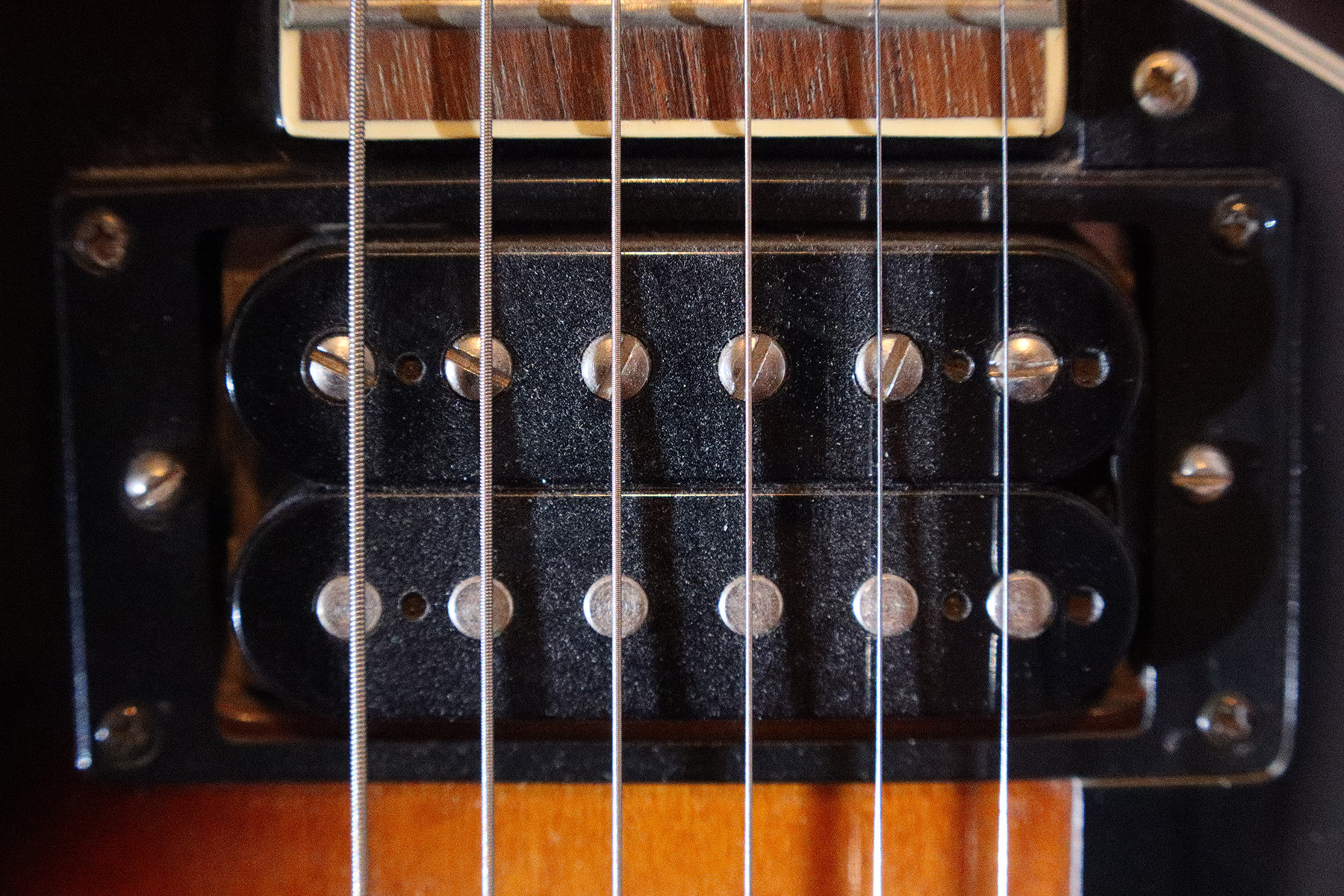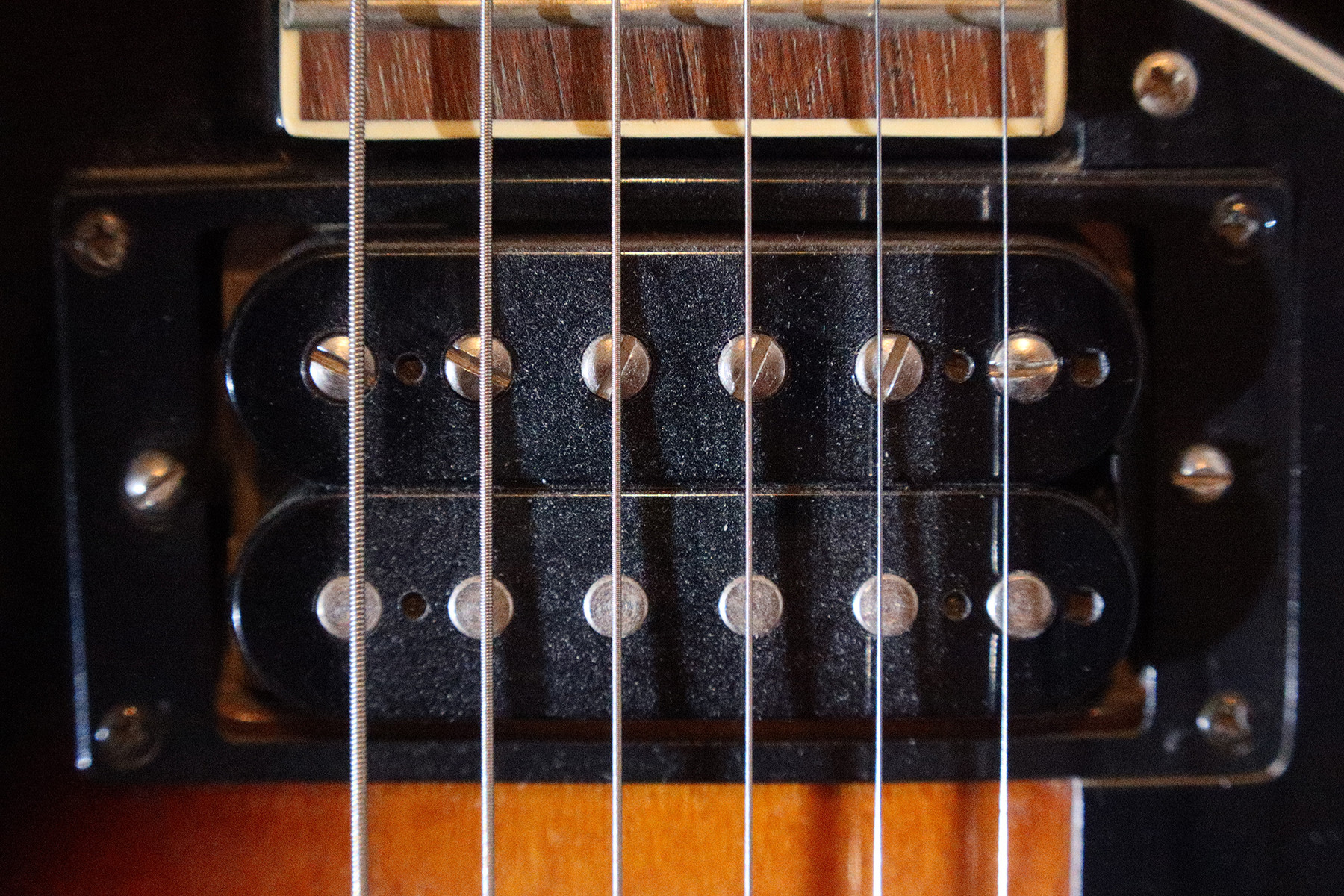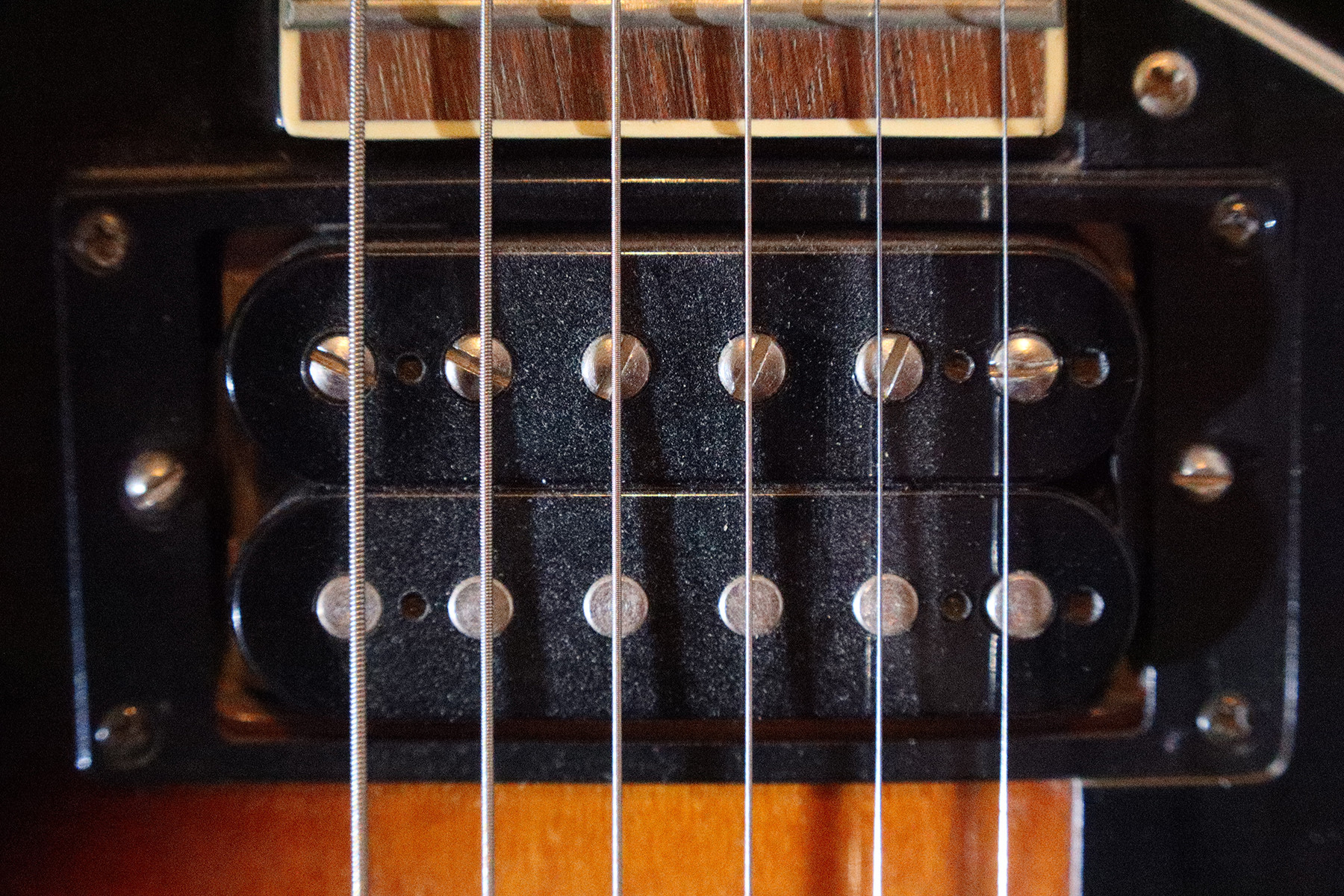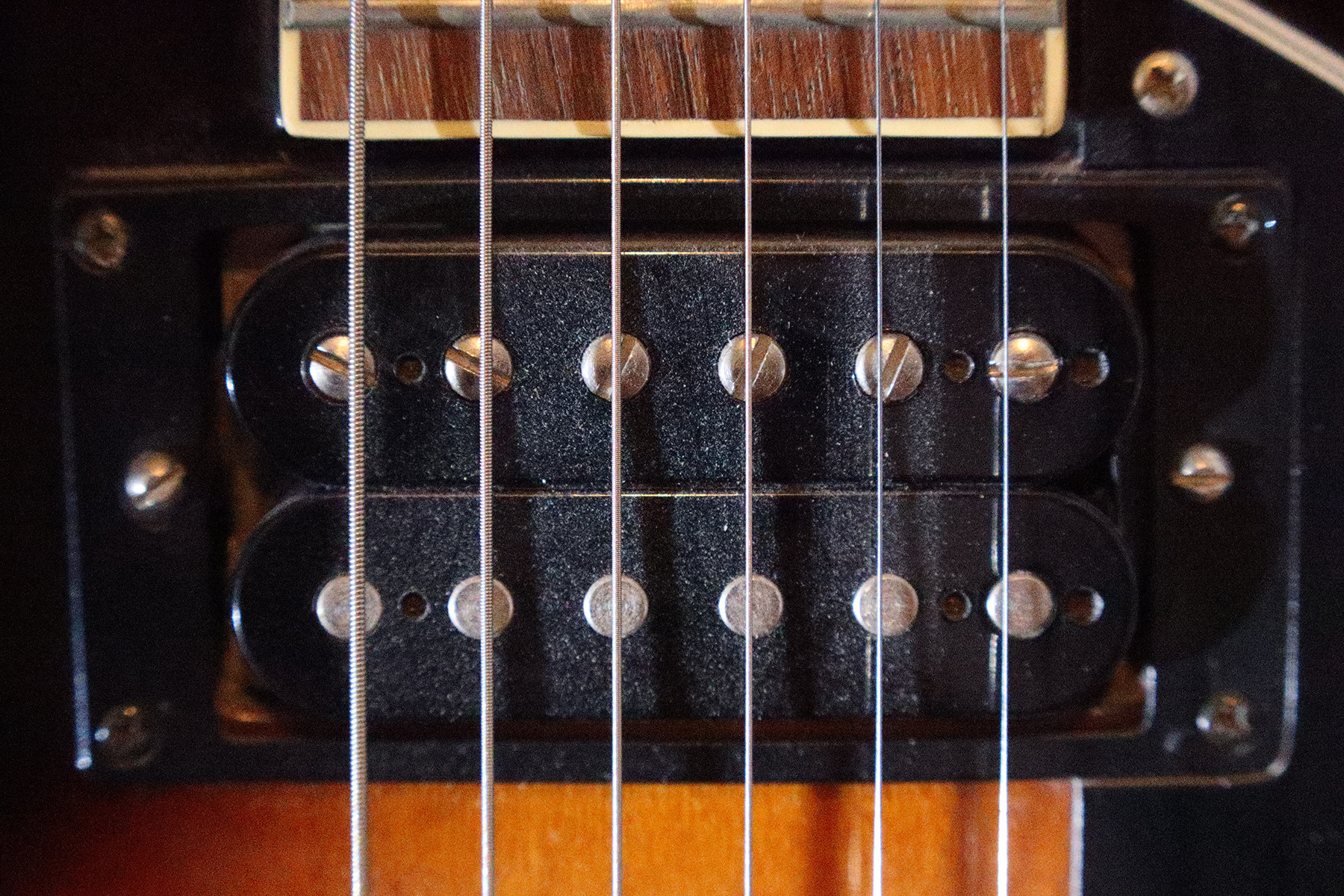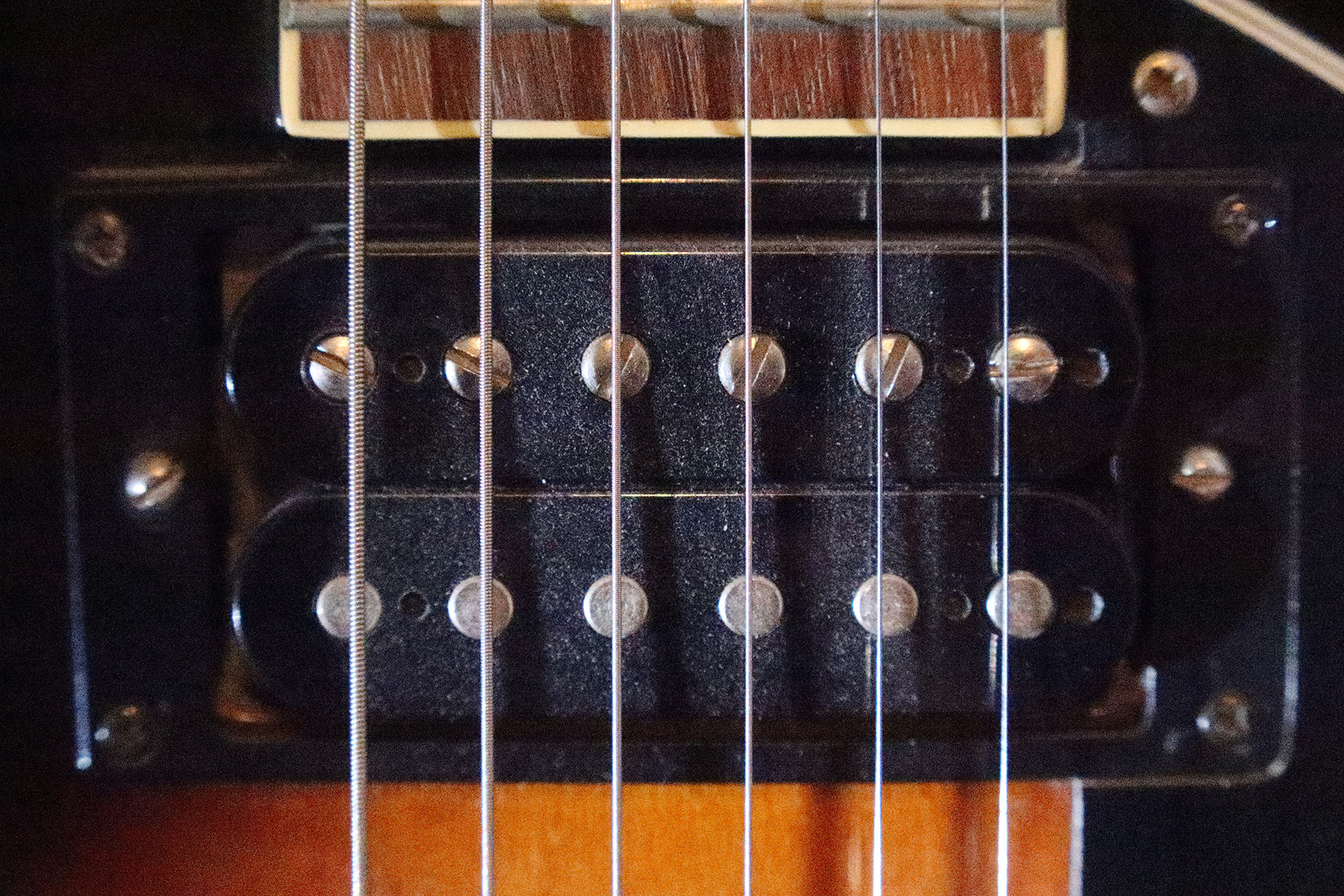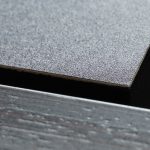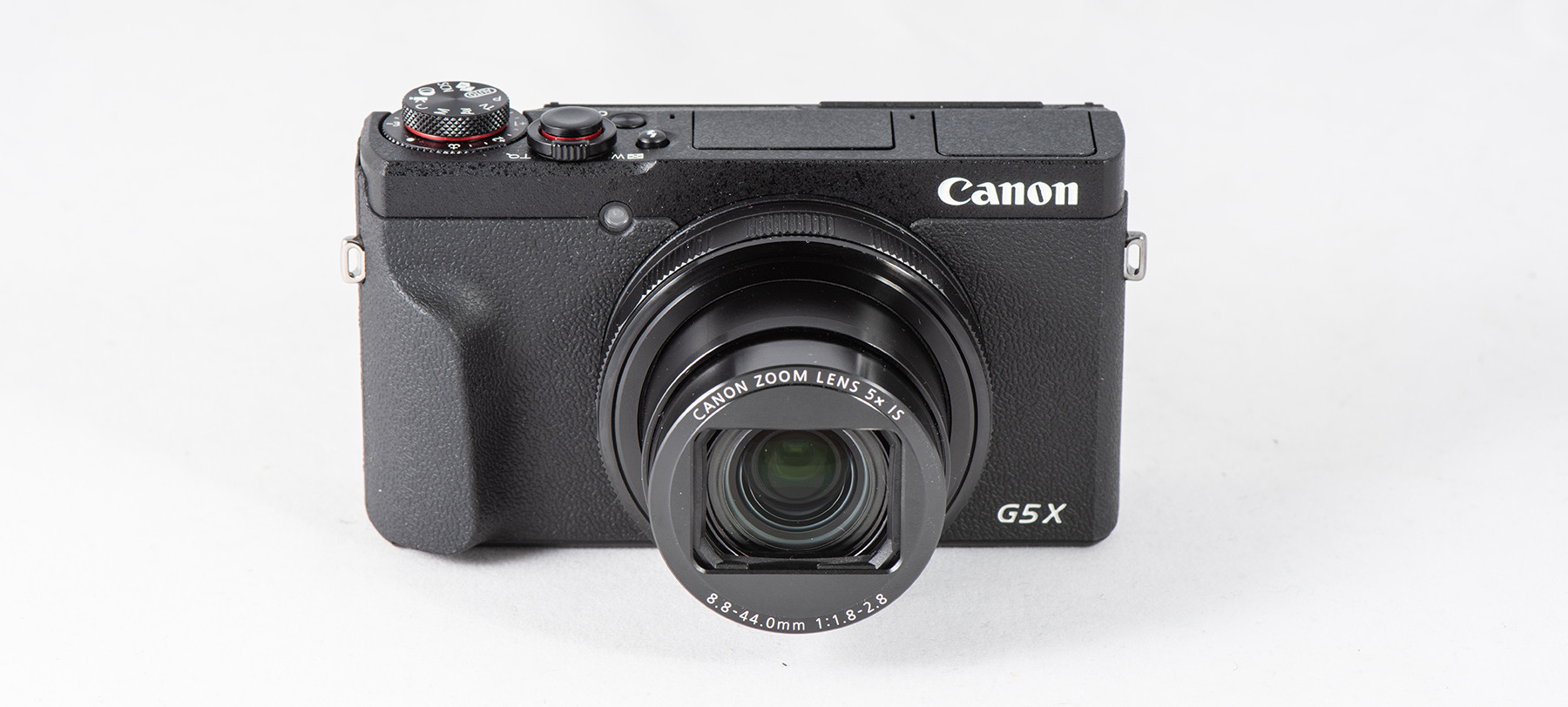
Canon Powershot G5X Mark II test: the small but mighty compact
Posted on Aug 16, 2019
In the face of ever more affordable DSLRs and compact system cameras – and more and more capable smartphones – is there still a market for large-sensored compact cameras? The likes of Canon, Panasonic, Fujifilm and Sony seem to think so – and Canon has just refreshed its range with the Canon G5X Mark II. I took it on a week’s trial, including a trip to the Isle of Skye, to see whether it’s a viable all-in-one model for enthusiasts.
The G5X Mark II has a 20.1-megapixel one-inch stacked CMOS sensor, a 5x optical zoom taking you from a 35mm equivalent of 24-120mm, and the design includes an EVF. Other features include a massive 20fps burst mode, even in Raw.
The G5X Mark II certainly handles well. It’s a neat and tidy body with a retractable lens, and while its predecessor had a centrally placed electronic viewfinder (EVF), jutting out of the top plate, the Mark II gets a rangefinder-style pop-up EVF sitting on the top left of the body where you might normally expect the flash to be. Combined with its retractable lens, the new design makes for a neat little build, and it’s just about pocket friendly, though angular and boxy compared to some other models. There’s no weather sealing claimed, which is a bit disappointing.
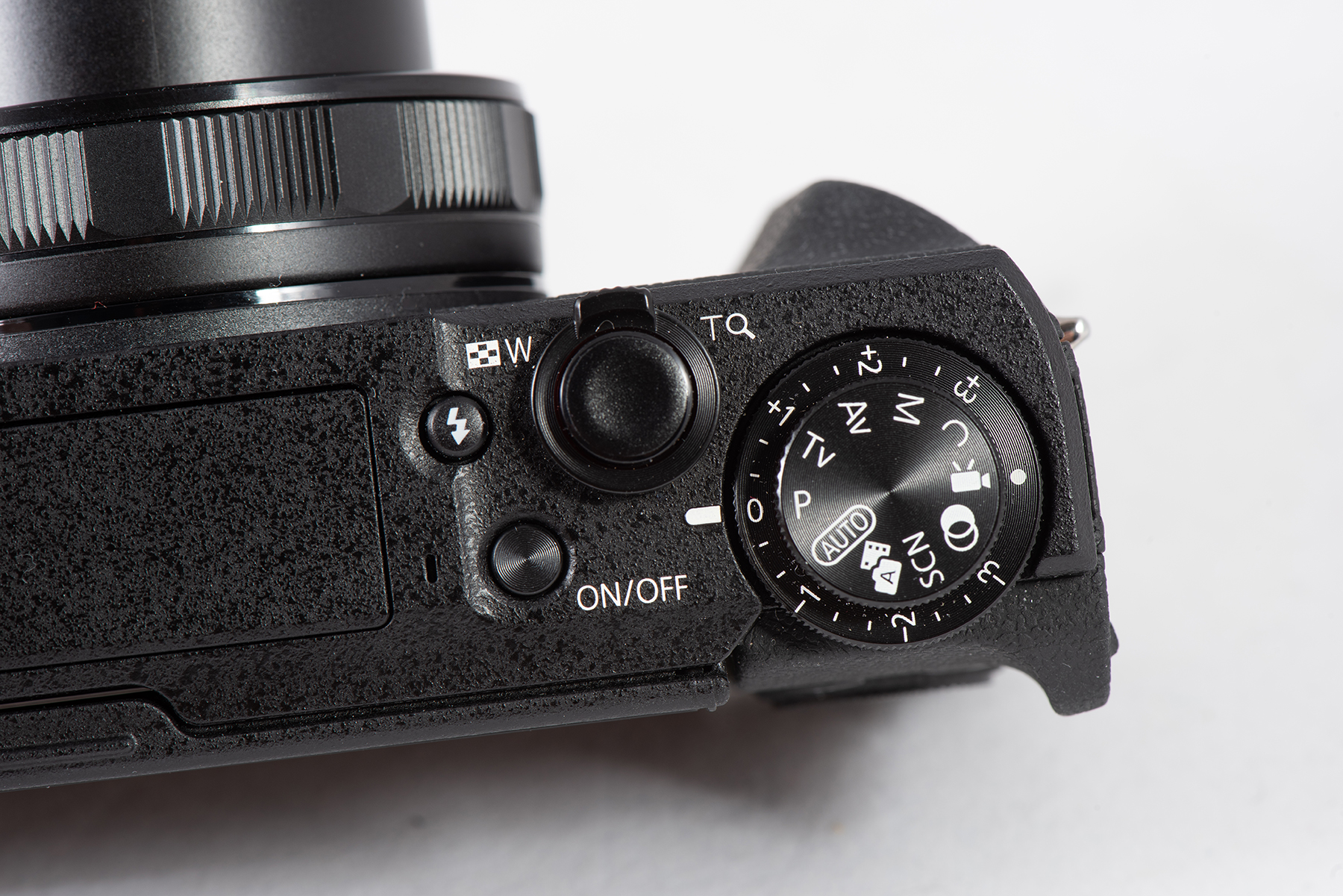
The G5X Mark II doesn’t sacrifice handling for portability. It’s very quick and comfortable to use, thanks in part to its grippy-feel, raised handgrip and thumb pad, which have a rubberised finish. Because of its small size, the number of inputs is minimal, but you get a nice level of manual input with the rear control dial surrounding the D-pad, an exposure compensation dial sitting around the main mode dial and, on the front, an aperture-style control ring on the lens barrel. It loses the front command dial from the G5X, which is a shame as that was useful.
In the default set-up, the latter sets aperture in aperture-priority, shutter speed in shutter-priority, and in full manual it sets aperture, while the rear control ring sets shutter speed. There’s no dedicated dial for ISO and white balance, and while they can be mapped to buttons, I found using the touchscreen for them quick and easy. More button customisation would be good, such as being able to set the exposure comp dial to shutter speed in manual mode. The G5X Mark II uses the same menus as EOS DSLRs, so they’re simple to navigate.
The EVF deserves some description. Once flipped up, it’s activated by pulling the screen towards you. It’s a welcome addition, though at 0.39 inches, it’s quite small and means your eye has to be well aligned for a perfect view. The quality is good though, with a 2.36 million dot organic LED panel, and an adjustable refresh rate of 60 or 120fps. It made composing in bright light easier than on the main screen, but could do with a clip shade or larger eye cup.
The main three-inch touchscreen has a resolution of 1.04 million dots, and its touch input felt, to me, more accurate than many. It angles down to 45° for high-angle shooting and upwards through 180°, at which point it inverts the display, letting you shoot selfies. It’s a vital feature for vloggers, but probably less so for enthusiasts.
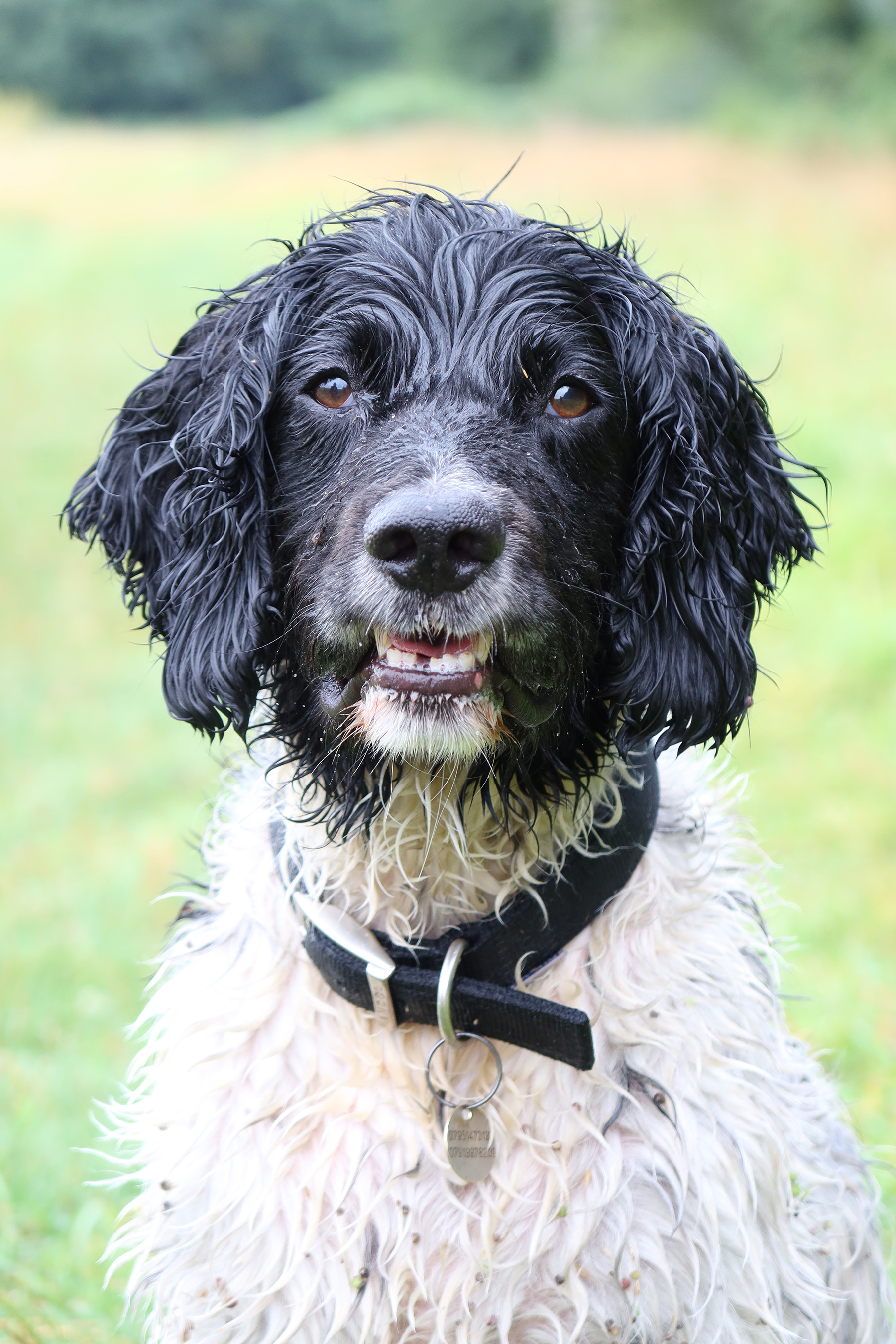
Image Despite the 1in sensor size, we still got some shallow depth-of-field from the G5X Mark II, here shooting at f/3.2 at the 120mm equivalent
One of the advantages of the G5X Mark II’s 1in stacked sensor is in the shooting speed it delivers and, combined with its DIGIC 8 processor, which is the same as found in the EOS RP, the camera claims a top whack of 20fps, which it can sustain for 89 C-Raws (compressed Raws), 55 Raws and 118 JPEGs. In testing, the camera met or exceeded those claims, but there is a downside. The blistering frame rates are with AF in single mode, so locked to the first frame. Lower in number, but actually more impressive for a compact, is the 8fps rate with full continuous AF.
The G5X Mark II’s AF performed well, though occasionally lost fast-moving subjects in its servo mode. Autofocus area is limited to normal and small, and to me there wasn’t an obvious way of moving it, other than by tapping the screen. A larger area, or group of AF points would have been helpful. The single AF mode was mostly fast and accurate, only struggling in the usual areas, like low contrast. Face detection AF worked well, and allows switching between multiple faces in the frame.
There are also some decent manual focusing options, including programmable focus peaking on the main screen or the viewfinder, and a focus bracketing mode, especially useful when using the macro focus setting, which hits 5cm at wide-angle and 20cm at telephoto.
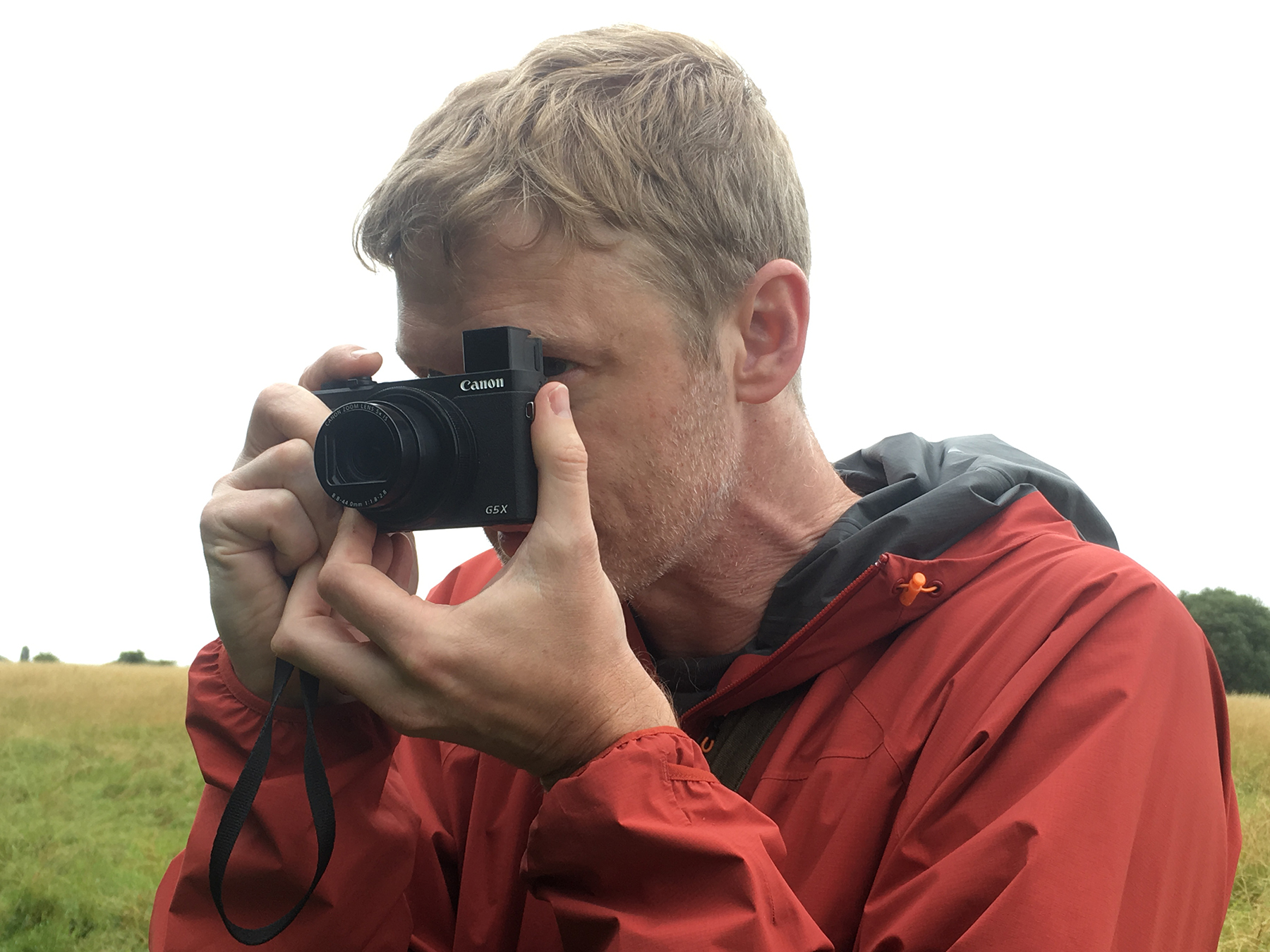
Image The camera’s small size and versatility makes it a good travel companion, though you may miss the detail from a larger sensor
The 5x zoom is versatile enough, but annoyingly it doesn’t remember its setting when the camera is turned off and on again. That’s not unusual for compacts, but it would have been a nice addition on a high-end one like the G5X Mark II. If you’re shooting in JPEG, you can push the lens’s reach with 1.6x and 2x digital teleconverters. The quality of these is not bad, despite the fact that it’s just interpolating the image. There’s also a digital zoom taking you up to a 480mm equivalent, but it gets quite fuzzy. The lens also has optical image stabilisation, claiming a 4EV advantage, and that was borne out, as our testing returned mostly sharp results down to around 1/2sec at the wide end.
Shutter range is 30secs to 1/2000sec, and there’s a B (bulb) if you push past 30secs in manual. To help with those longer exposures – and for shooting with wider apertures in bright light – there’s a built-in ND, which can be set to off /auto and on, and has a 3EV effect. You can also use the electronic shutter to get a top speed of 1/25,600sec, but this is prone to rolling shutter and flicker from artificial lighting. Exposure compensation is limited to +/-3EV, but at no point did I find that a problem – I can’t remember the last time I shot more than +/-3EV, except for a heavyweight HDR sequence.

Overall picture quality from the G5X Mark II was good, and the 5472×3648 full-resolution files showed a decent amount of detail, though there’s that slightly waxy look you get from a smaller sensor. Don’t zoom in too much and you can’t tell the difference. As well as the 3:2, you also get 4:3, 16:9 and 1:1 aspect ratios.
If you’re picking up a compact like the G5X Mark II, you may also be interested in its video output. Unlike its predecessor, the Mark II has 4K at up to 30p but, more excitingly, offers Full HD at 120fps, so you can get some nice slow-motion effects. The 4K mode is capped at ten minutes, but practically I’ve never felt the need to shoot longer anyway.
Battery life is quoted at 230 shots, though it falls to 180 when using the EVF. In testing, I got 472 shots over two charges using a mix of the EVF and continuous shooting and long exposures. It’s not blessed with masses of staying power, so picking up a spare is a good plan if you’re going to have an extended session. You can also charge from the USB port.
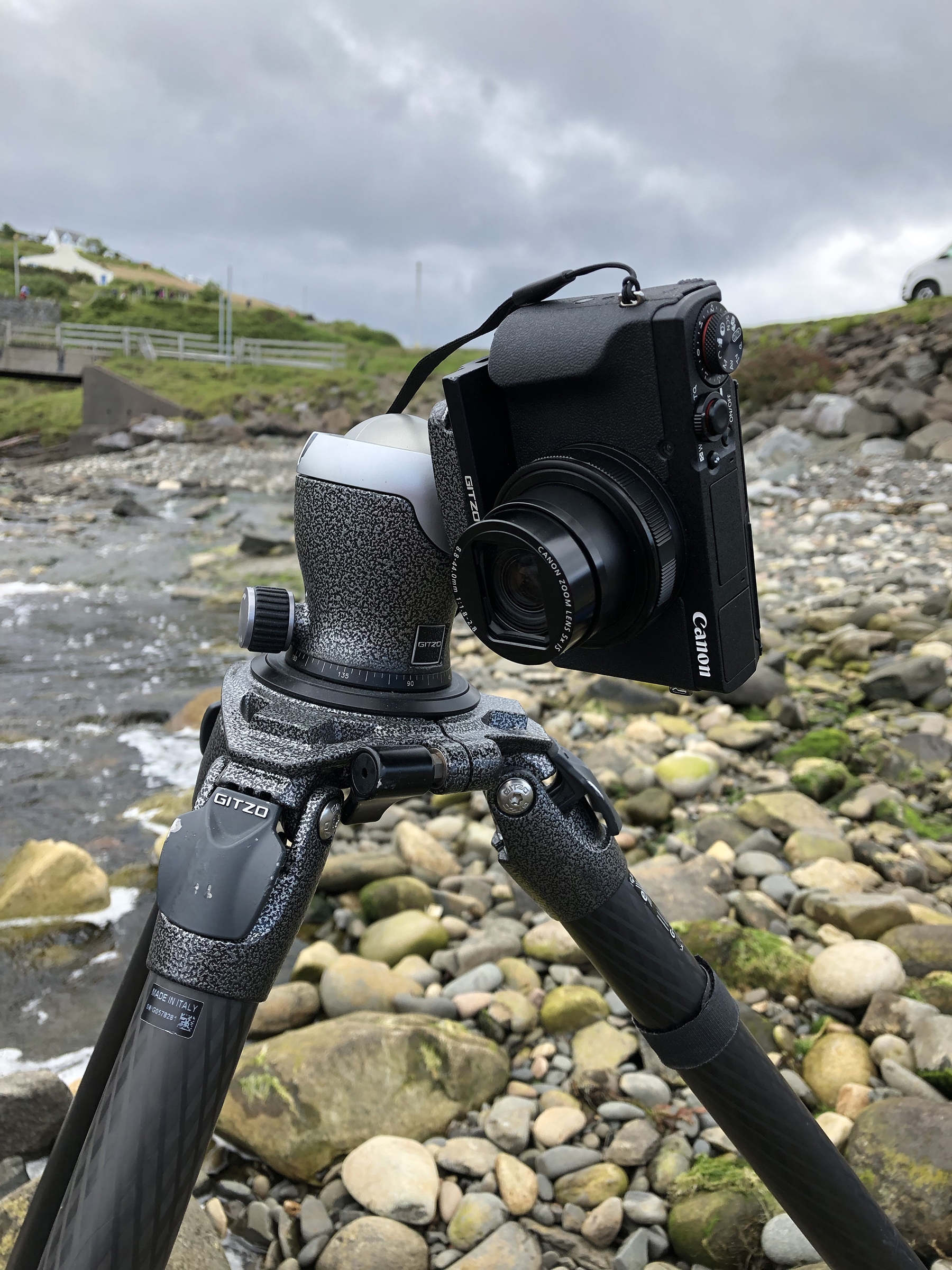
Performance: exposure latitude

Image Exposure latitude as metered
To test the usefulness of the G5X Mark II’s Raw files, I shot a sequence of over- and underexposed images between +/-3EV. On a DSLR, this would be +/-5EV, but the Canon DPP 4 software we needed to use for conversion only runs to 3EV correction. And the G5X Mark II only offers +/-3EV in autoexposure compensation anyway.
Starting with the overexposed files, results showed an obvious difference between the standard exposure and the converted Raws, even at +1EV. Overexposed highlight areas looked a little grey, and this got progressively worse at +2EV and +3EV.
Results were better with the underexposed file, and the -1EV example looked very close to the 0EV file when brightened. -2EV showed more noise, though was still usable, but -3EV showed excessive noise. It would seem if you want a good exposure, you’re going to have to get it spot-on in shooting and, to be fair, the G5X Mark II does a decent job of that in its Evaluative metering mode.
Click the images to see a larger view
Performance: ISO
The G5X Mark II’s ISO range spans 125 to 12,800 and an expanded setting of 25,600 and its stacked 1in sensor put in a good performance through most of the range. We shot through the ISO range, setting High ISO NR to off and compared the images in Adobe Lightroom at 100% – that’s the magnification used for the enlargements in this panel.
There’s very little impact from noise up to ISO 400, and the 800 and 1600 settings show only minimal disruption to detail. 100% views at 3200 and 6400 are usable, but fine detail becomes a little compromised. The 8000, 10,000 and 12,800 settings start to get fuzzy and colour saturation is affected. At the expanded 25,600 setting, quality is predictably poor. It’s also worth saying that, viewing the images full screen on a 21-inch HD monitor, a drop in quality wasn’t really noticeable until hitting ISO 10,000. A really good performance overall.
Click the images to see a larger view
Performance: the lens
Obviously a compact camera is not just a body, but a lens, too, so you need to know the optics are up to scratch. The G5X Mark II’s 8.8-44mm (24-120mm equivalent in 35mm format) has a fast though variable aperture of f/1.8 to f/2.8, and a construction of 13 elements in 11 groups, including three double-sided aspherical lenses, and one single-sided aspherical lens. The wide aperture gives you some scope for working in low light, but due to the size of the sensor, control over depth-of-field is limited, and f/11 is the smallest aperture setting. You can still get a shallow depth-of-field by pushing to the long end of the lens and shooting wide open though.
Testing the lens’s optical quality, we shot throughout the aperture range at 8.8mm, 18.2mm, and 44mm (equivalents of 24mm, 50mm and 120mm).
At 8.8mm, results were very good in the middle of the frame at f/1.8, but quite smudgy at the edges. Centre sharpness improved to f/4, and stayed at its peak until around f/9, dropping off slightly after that. At the edges, sharpness was best at f/4.
At 18.2mm, it was a similar story with a decent result in the centre at the maximum f/2.5, improving to f/5.6 where it also hit its peak at the edges. Thereafter, there was only a slight drop in sharpness towards f/11.
At f/2.8 and the 44mm setting, sharpness suffered at the centre and edges were quite smeary, but things quickly improved at f/3.2 and peaked between f/4 and f/5.6. Edges hit their peak at f/11.
There was some fringing noted, especially at 8.8mm and in areas of very high contrast, and at the longer setting when using the widest apertures, but no vignetting was apparent and nor was barrel or pincushion distortion a problem.
Click the images to see a larger view
Verdict
For an all-in-one package, the G5X Mark II delivers well. The 24-120mm lens gives you plenty of scope and quality, while detail from the 1in sensor is good, if not spectacular. It’s only when you compare it to the performance of larger sensors that it disappoints. Handling is nice, and the manual inputs work well, up to a point. Despite not being weather sealed, build quality is high, and the unit is small and light enough to be a good travel option. With the long end of the zoom and the 8fps, it’s useful for action subjects, too.
Pros: Small, light, but with manual appeal and fast shooting speed
Cons: Raw latitude, no weather sealing, not cheap
| Features | 22/25 | All the essential stuff you’d expect, plus good extras like focus stacking |
| Handling | 23/25 | Very good overall, just missing a front control dial and EVF shade |
| Performance | 23/25 | 8fps is no slouch and image quality is pretty good for a 1in sensor |
| Value for money | 20/25 | Features mostly justify the price, but you could buy a budget DSLR and travel zoom for the same |
| Overall | 88/100 | The camera’s spec and handling make it a decent travel option |
For more information, please visit the Canon website.
As featured in issue 69 of Photography News.







